Connemara National Park Facts and Stories
Here at Wild N Happy, we do everything we can to explore the wildest parts of Ireland, to find the very best outdoor spots our country has to offer. If we’re to keep our name, we have to be the number one Irish tour company for outdoor hikes, kayaking, and other adventurous activities. Ireland isn’t a huge country, but it fits a lot of really special places into a relatively small space. Last year, we wrote a guide to Ireland’s six national parks and it proved popular with readers planning their next trip. As a follow-up, we thought we’d take a closer look at one of our all-time favourites: Connemara National Park. This will be partly a guide to visiting the park but it will also offer some background, with interesting facts and stories.
An Introduction to Connemara National Park
Connemara is popular with locals as well as with visitors. This incredible park can be found in Galway, and it is famed most for the unique breed of ponies that roam the area. Connemara is also well known for its diversity of habitats and geological features, including forests, mountains, grasslands, bogs, and heaths. But we’ll go into this later.
Connemara’s Neolithic Structures
Most outsiders come to Ireland for its sense of history and culture, so it’s no surprise that visitors to Connemara National Park are thrilled to discover the numerous human structures built here during the Neolithic and the Bronze Age. Some of these structures were residences, and others are tombs, and they were all built between 5,000–1,000 B.C. If you’d like to see structures significantly older than Egypt’s Great Pyramids of Giza, then Connemara National Park is perfect for you.
Connemara Ponies
Let’s say a little more about Connemara ponies! These majestic beasts roam free in the park and they are considered a native breed to Ireland, although the genetic story of Connemara ponies is more interesting than that. A Scandinavian breed of pony already lived in Ireland, and when the Spanish Armada crashed off the coast of Ireland, their Andalusian horses ran off in significant numbers, mating with the local Scandinavian ponies. A larger breed of pony, Connemara Ponies were used as work ponies traditionally, but with the introduction of modern technology, they enjoy a much better life. In fact, they are particularly prized for their balanced proficiencies at jumping, eventing, dressage, driving, working hunter, showing, hunting, and side saddle, and they have incredible temperaments that make them ideal ponies for young children.
Connemara National Park is a Bird Lover’s Paradise
The wildlife in Ireland will never compete with the likes of Tanzania or The Amazon RainForest, but it has its own charm to it. We don’t have lions and elephants, but we do have an incredible array of beautiful birds, all living in one relatively compact habitat. Of course, some species of birds only call Connemara home for part of the year, but there is always a diverse range of birdlife to see here, whenever you choose to visit. Here are just a few of the more popular birds you may find in the park:
Meadow pipits, stonechats, chaffinches, robins, skylarks, wrens, kestrels, sparrowhawks, merlin, and peregrine falcons.
The North and South of Connemara Differ Hugely
The main reason why there is such diversity of plant and animal life in Connemara National Park is that it splits up into two entirely different habitats: the mountains in the north and the lowlands in the south. In the North, you’ll find the famous Twelve Bens — a collection of mountain peaks all relatively close together. Opposite the Twelve Bens, you’ll find Maumturk Mountain Range, which is less famous and a little less impressive than the Twelve Bens, but still packed with beautiful vistas at the top of every ridge!
To the south of Connemara, you’ll find the lowlands; here, you’ll find numerous marshes and miniature lakes; in Irish, this is referred to as Cnoc and Lochan, which means ‘hill and small lake’. It sounds a little more romantic and interesting without the English translation… But this brings us perfectly to our next fact!
Connemara is in the Gaeltacht
To be in the Gaeltacht is to be in an area that primarily speaks Gaelic/Irish instead of English. Of course, almost everyone here also speaks English, but Gaelic is their first language, giving the entire area a more rural, dare we say it, authentic feeling to it. However, we are not saying that other parts of Ireland who speak English as a first language aren’t authentic, just that it’s sometimes novel to explore a part of Ireland where everyone’s first language is Irish.
The Connemara Visitor Centre
While you’ll most certainly want to hike, cycle, or pony trek across Connemara National Park, you should save a little bit of time to visit the visitor centre if you’re interested in local history as there is a free exhibition inside. There is also a tearoom, offering up the perfect light bites and refreshments to recharge before heading back out into the beautiful Irish wilderness again!
That’s all we have time for today. If anything in this blog intrigues or inspires you to visit, check out our multi-day tours of Ireland and get in touch if you have any questions.
